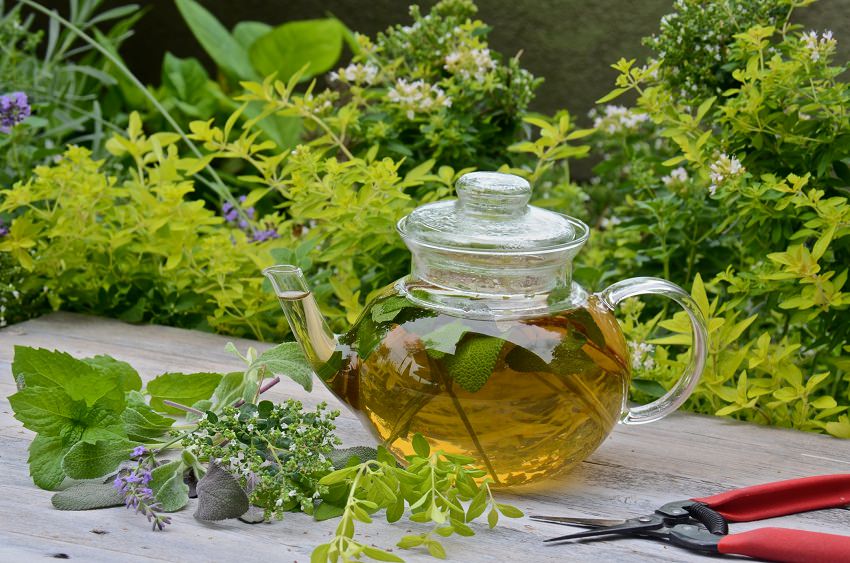Lemon Balm
Lemon balm has an intense lemony scent, but the flavor is surprising sweeter than the scent leads you to expect. Well draining soil in a pot with part sun should keep your lemon balm growing well. Frequent harvesting will result in bushier plants. The little white flowers are very popular with bees. Lemon balm leaves are often used to flavor and decorate sorbets. They are also a nice accent with fruits and vegetable dishes.
Lemon Verbena
Of all the lemon scented herbs, lemon verbena has one of the truest lemon scents. Lemon verbena prefers full sun and well draining soil. It has a somewhat messy growth habit, but frequent harvesting will keep the plant in shape. The leaves are used for teas and to season poultry, seafood and vegetable dishes and even dessert.
Lemon Grass
Lemon grass is the lemon scented herb that gives so many Thai dishes their distinct flavor. Lemon grass is a tender perennial with bulbous stems and lemon scented leaves. Lemon grass is very drought resistant, once established, and thrives in full sun. It is a bright colored ornamental grass, growing about 3-4' in height. It can be grown in containers, but does much better when directly planted in the ground.
Sweet Lemon Mint
Makes a wonderful herb in teas, sauces, syrups or add fresh leaves to potatoes, fruit salads, soups and stuffings. Plant in full sun or light shade or sun; prefers well-drained, compost-rich soil. Best to grow in large pots— like most mints, if planted in the ground it can become invasive.
Sweet Lemon Mint & Lemon Verbena Tea
INGREDIENTS
1/2 cup of fresh sweet lemon mint leaves rinsed, lightly packed (about 20 leaves)
1/2 cup of fresh lemon verbena leaves, rinsed, lightly packed (about 10-15 leaves)
2 cups of water
METHOD
Heat water: Bring a pot of fresh water almost, but not quite to a boil.
Pour over mint and lemon verbena in tea pot: Put the mint and verbena leaves in a teapot. Pour the hot water over the leaves. Let sit for 3-5 minutes. Strain into tea cups.
For a cold brew do not heat water. Steep leaves in water in the refrigerator for 8 hours.









